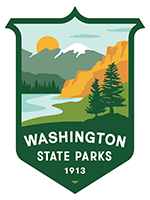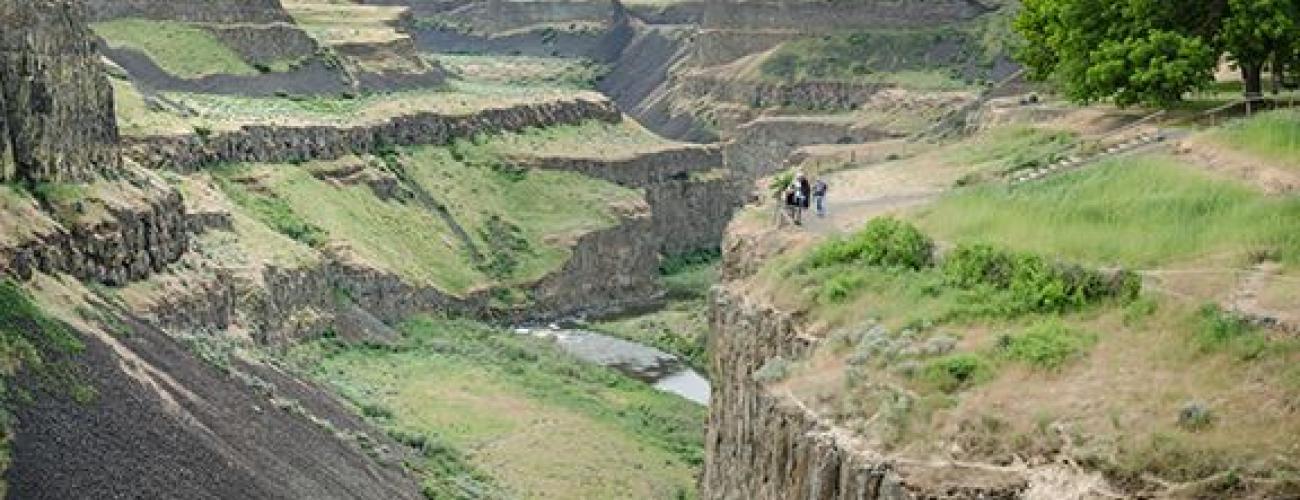Palouse Falls, Lyons Ferry & Lewis and Clark Trail Classification and Management Planning
Project summary
State Parks started the CAMP process for Palouse Falls. Lyons Ferry & Lewis and Clark Trail State Parks in 2018. Two public meetings were held November 5th and 6th 2018. Two public meetings were held November 8th and 9th 2021. The project is currently on hold.
State Parks prepares land use plans through an agency-wide planning system called Classification and Management Planning or CAMP. CAMP is a multi-staged, public participation-based planning process for individual parks that culminates with adoption of park land classifications, a long-term park boundary, and a park management plan. The combination of these deliverables constitutes a land use plan. The CAMP process typically takes ten to fifteen months to complete.
Stage one - Identify issues and concerns
The purpose of this stage is to understand what is important to the park community, what to change or save in the state park. This helps get a sense of the range and type of issues that need to be considered through the planning process.
Stage one Documents
Maps
Stage two – Exploring alternative approaches
At this stage, the planning team suggests potential alternative approaches to address the various issues and concerns raised by people in stage one. No preferred alternative is established; rather this is an opportunity to understand the range of possibilities.
Stage Two Documents
Public Comments
Stage three – Preparing preliminary recommendations
The best ideas from the alternative approaches developed in stage two are combined into a preliminary plan in this stage. The plan includes recommendations for use and development of land, changes to property boundaries and ways to address issues raised during the planning process. Another important document completed at this stage is the State Environmental Policy Act (SEPA) checklist that describes environmental impacts of the recommendations.
Stage three documents
Stage four – Preparing final recommendations
At stage four, final adjustments are made to recommendations and submitted to the seven-member Parks and Recreation Commission for approval. The public is encouraged to attend the Commission meeting and provide testimony or to provide written comment.

